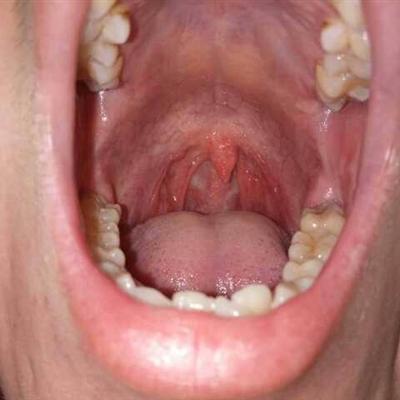Aplastic anemia symptoms?
summary
Aplastic anemia, referred to as aplastic anemia, is a series of hematopoietic disorders caused by a variety of causes, which leads to the reduction of the total capacity of red bone marrow, replaced by fat marrow, hematopoietic failure and pancytopenia. According to the survey of 21 provinces (municipalities) in China, the annual incidence rate is 0.74/10 million, which is significantly lower than the incidence rate of leukemia. The incidence rate of chronic aplastic anemia is 0.60/10 million, and acute aplastic anemia is 0.14/10 million. Aplastic anemia symptoms? Let's talk about it
Aplastic anemia symptoms?
1. Anemia: pallor, fatigue, dizziness, palpitation and shortness of breath. Most of the acute and severe cases presented progressive aggravation, while the mild cases presented chronic process. Although most aplastic anemia is primary, careful medical history and physical examination can still provide some clues of congenital and secondary aplastic anemia.
2. Infection: respiratory tract infection is the most common, followed by digestive tract, genitourinary tract and skin mucous membrane infection. Gram negative bacilli, Staphylococcus and fungi are the main pathogens of infection, and septicemia is often associated. Most of the patients with acute and severe diseases have fever, and their body temperature is above 39oc. Individual patients are in high fever which is difficult to control from onset to death. Mild cases of high fever are rare, infection is relatively easy to control, rarely lasting more than a week.
3. Bleeding: there are different degrees of skin, mucous membrane and visceral bleeding in acute and severe cases. Skin performance for bleeding or large ecchymosis, oral mucosa with blood bubbles, epistaxis, gingival blood, conjunctival bleeding, etc. Deep organs visible hematemesis, hemoptysis, hematochezia, hematuria, female vaginal bleeding, followed by fundus hemorrhage and intracranial hemorrhage, the latter often endanger the lives of patients. The bleeding tendency of mild cases was mild, mainly skin and mucous membrane bleeding, and visceral bleeding was rare.
matters needing attention
1. The mental burden of patients with aplastic anemia should be well cared. Relatives of patients and medical staff should be concerned and considerate of patients, and encourage patients to build up confidence to overcome the disease. Do a good job of careful and patient explanation, so that patients take the initiative to cooperate with the treatment and nursing work. 2. The diet of aplastic anemia should be high protein, rich in vitamins and easy to digest. Patients with high fever or gastrointestinal bleeding should choose a slag free half flow or liquid diet, such as porridge, noodles, etc. We should pay attention to the choice of diet.













